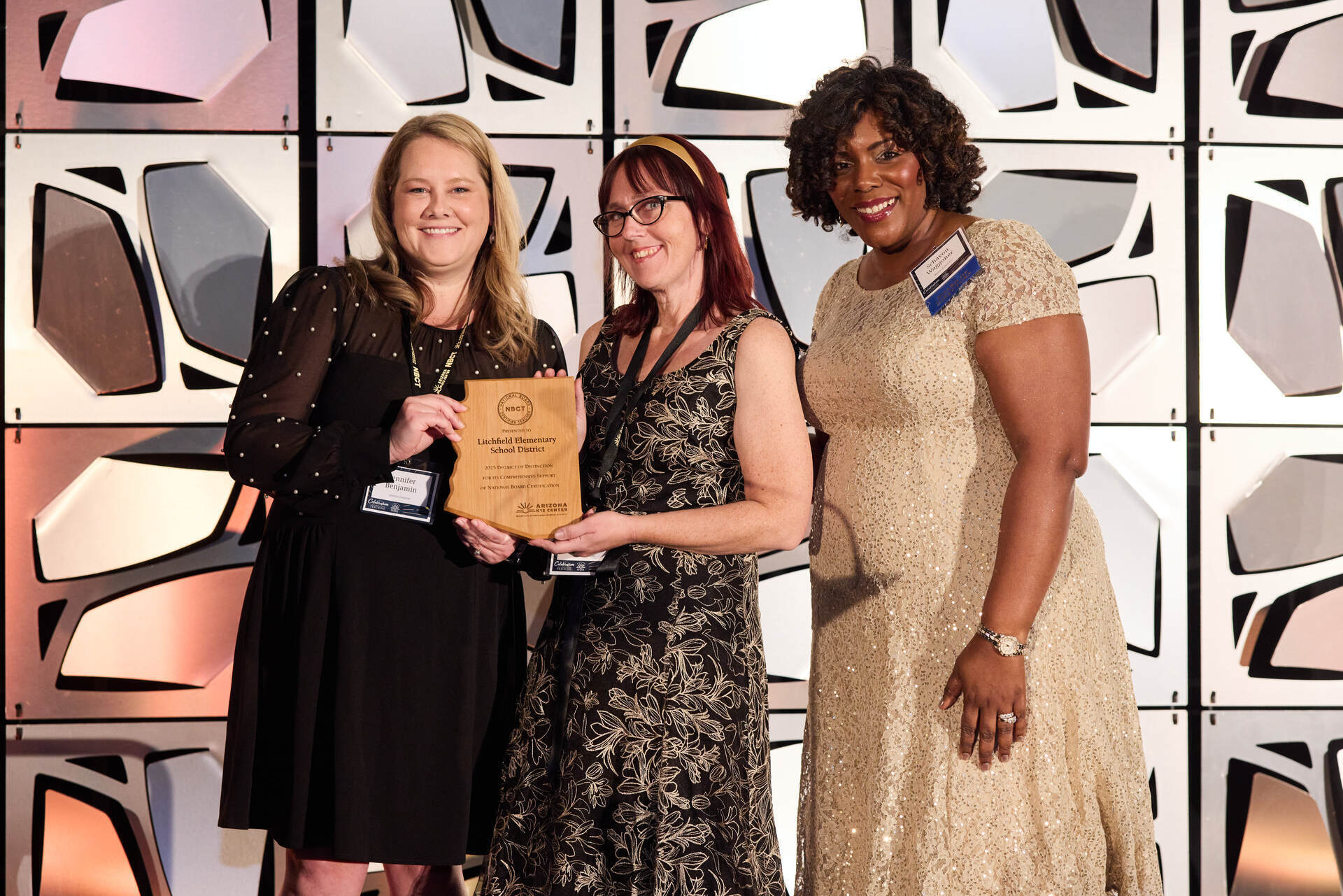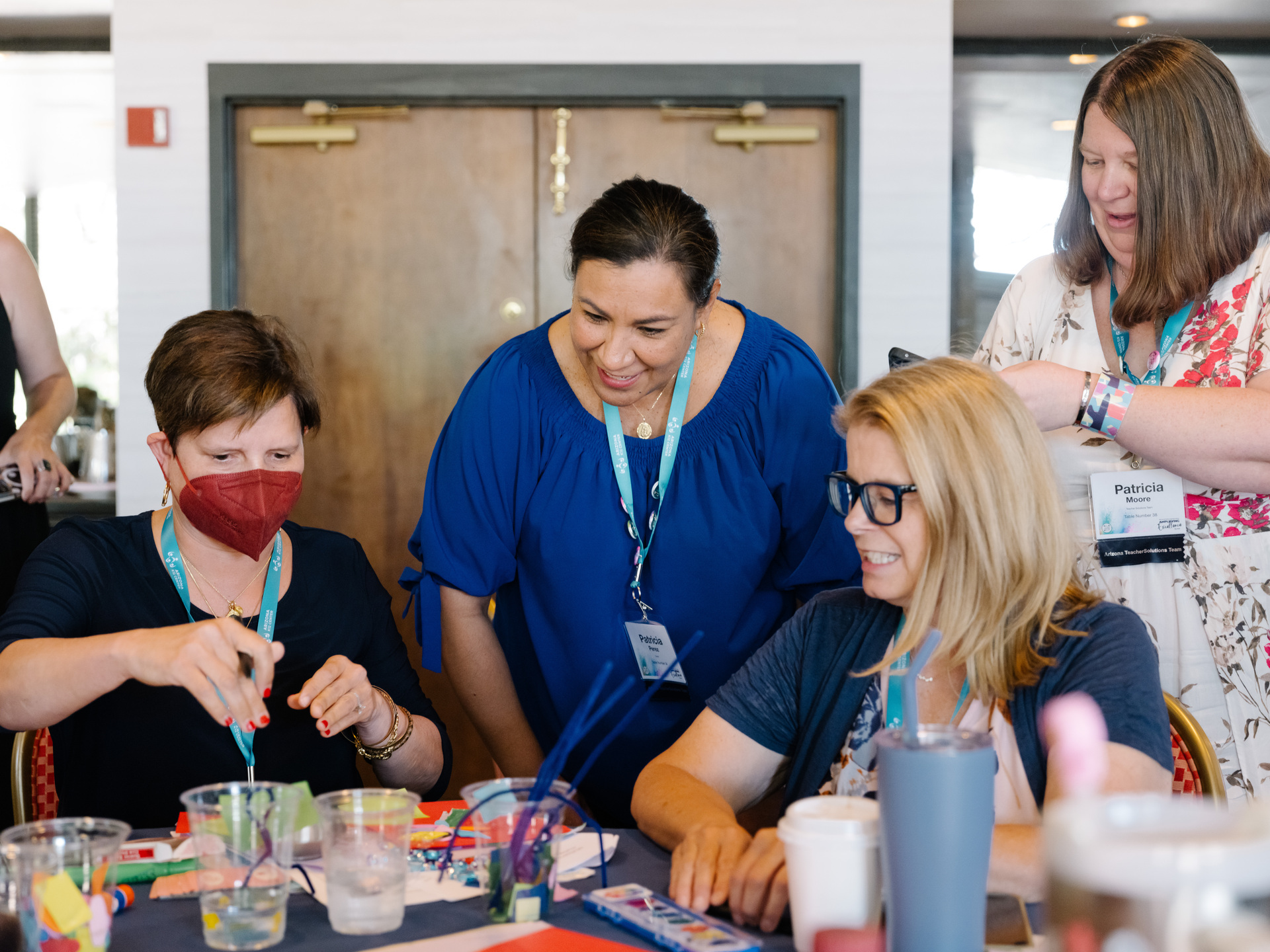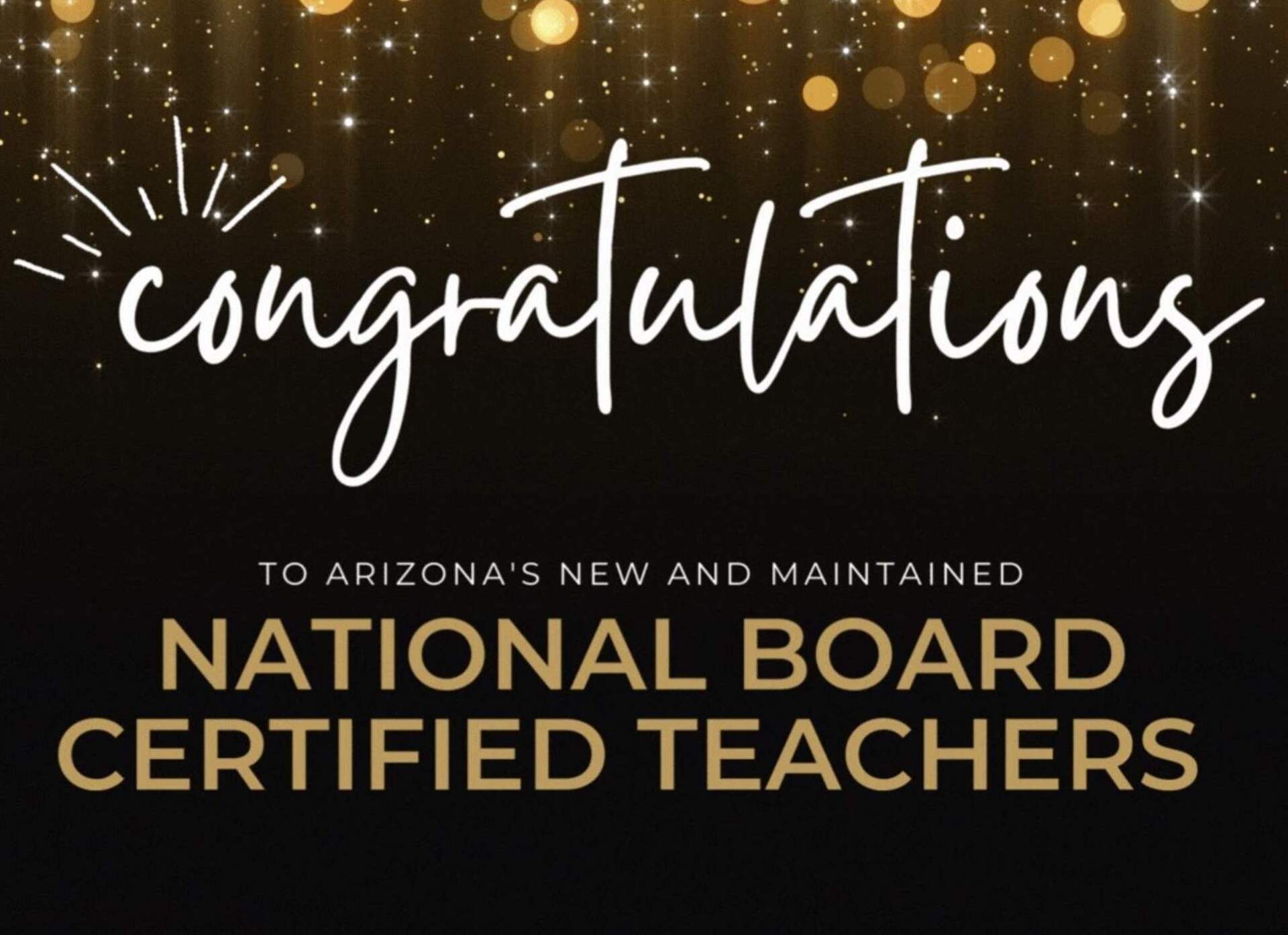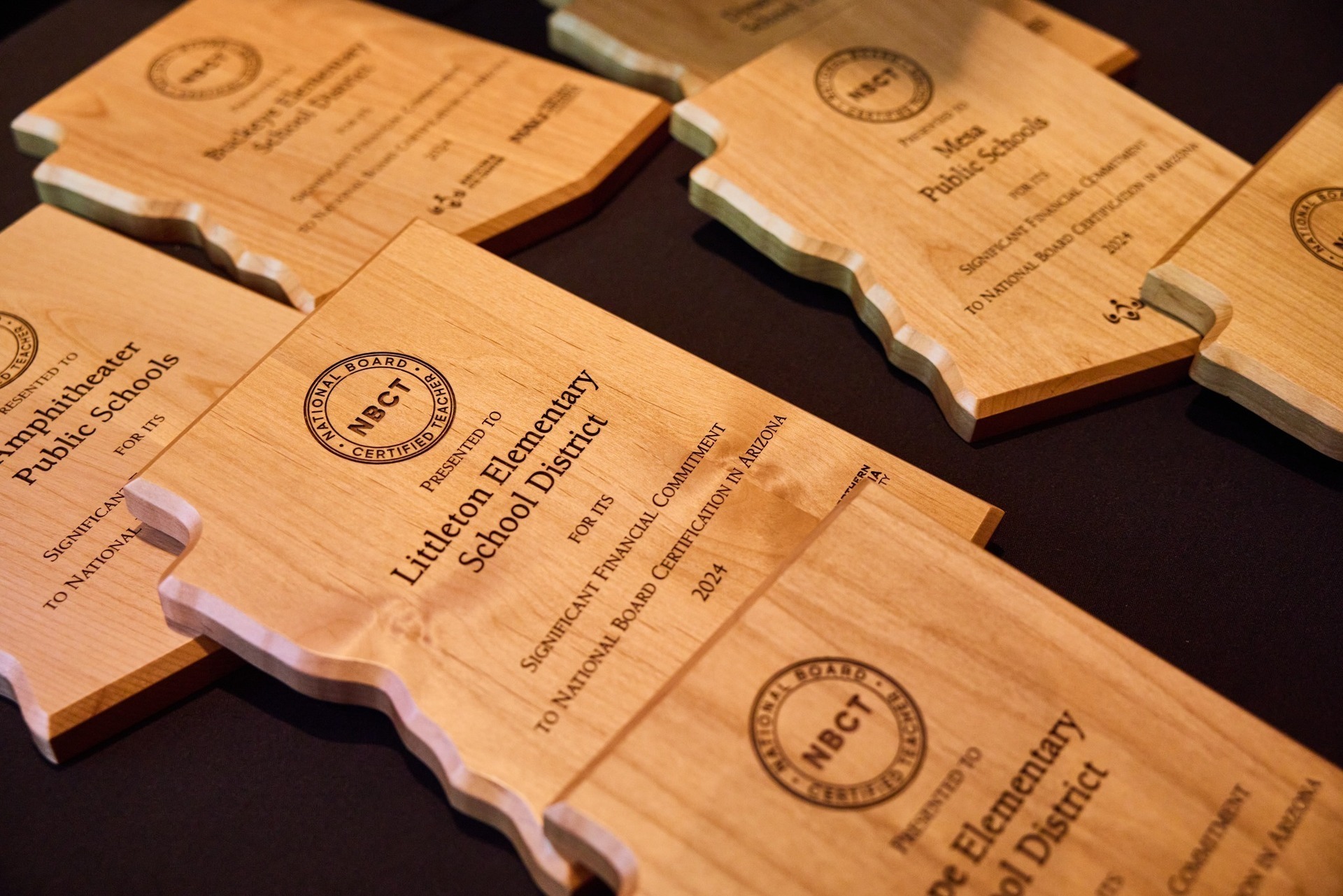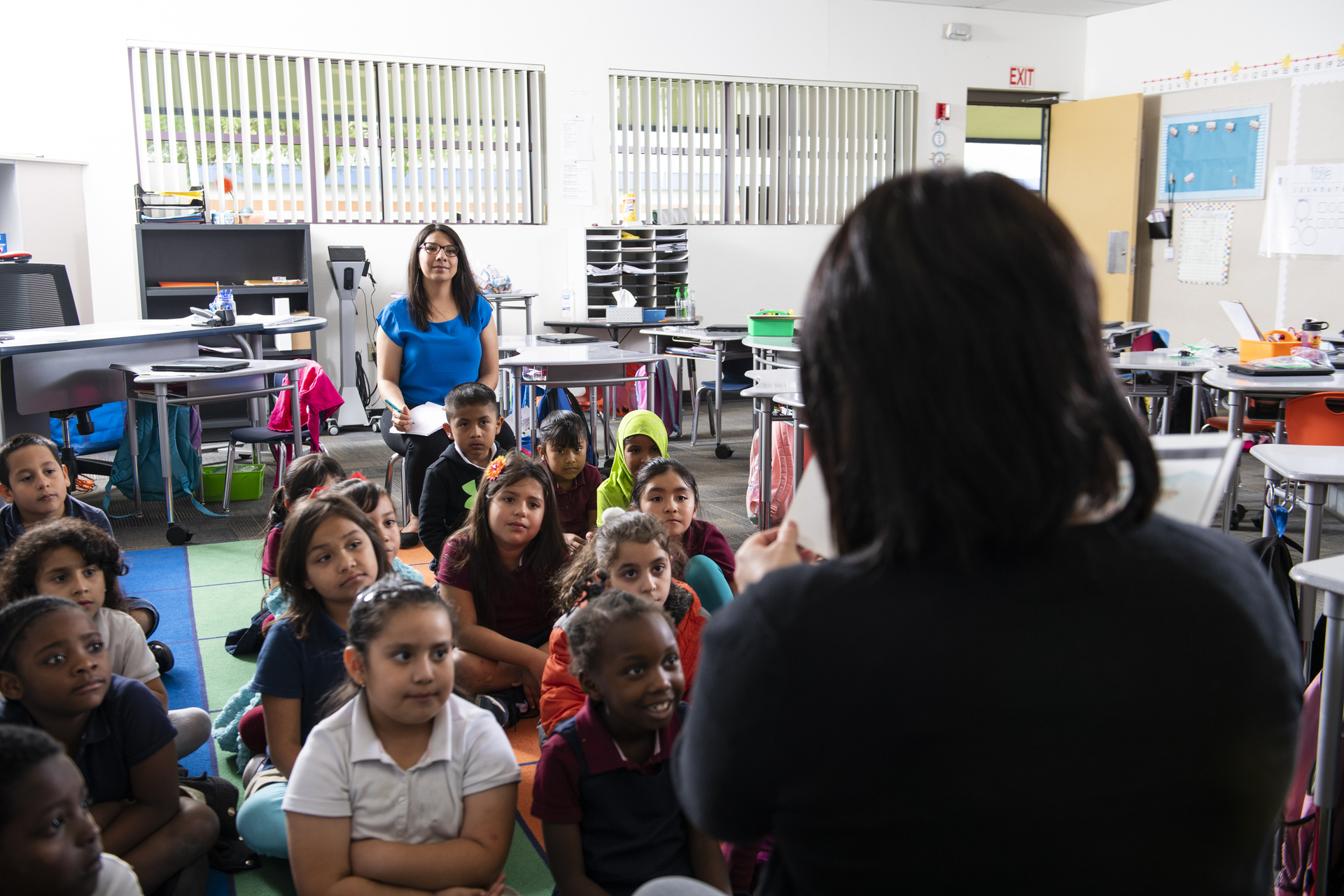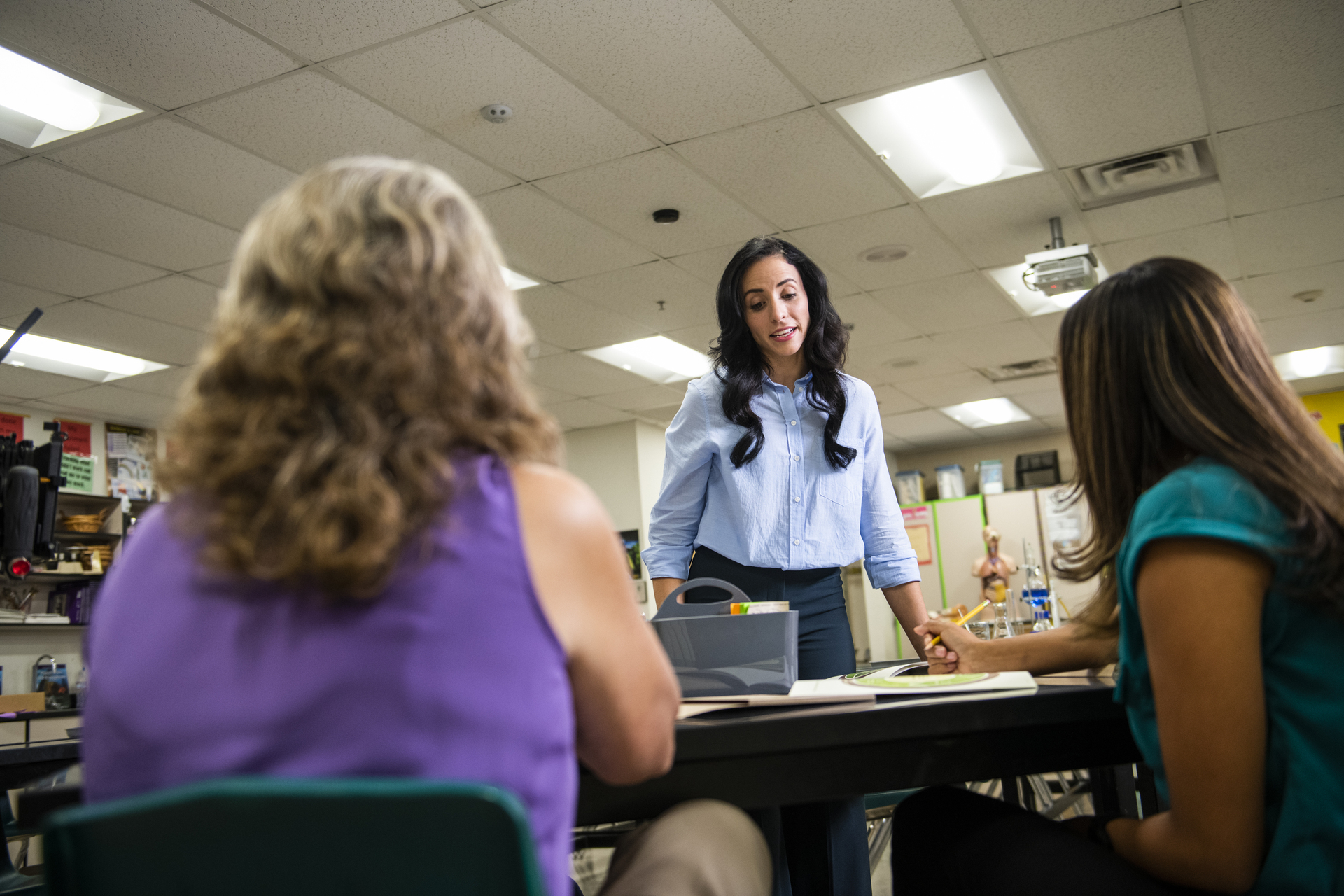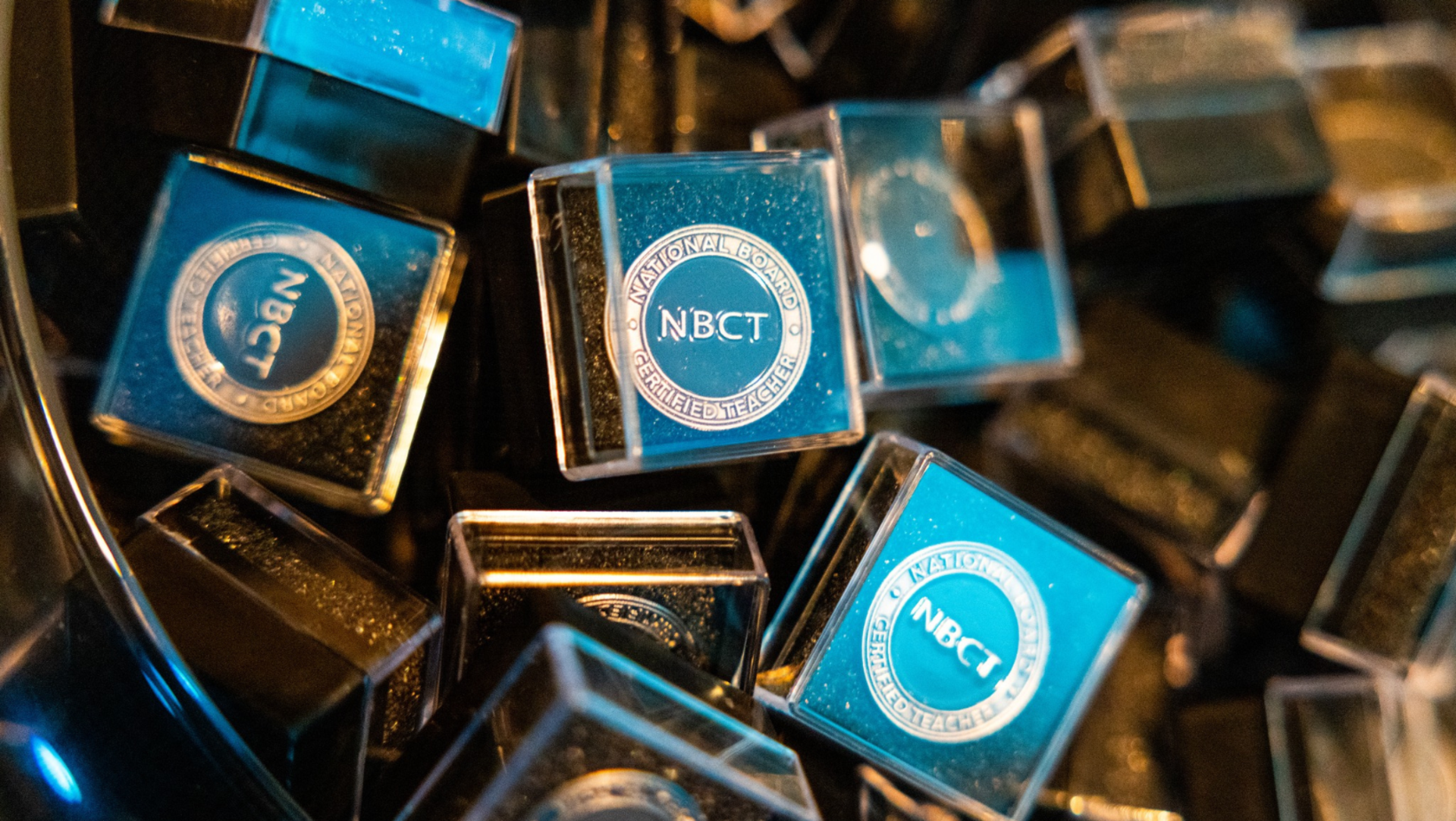October 21, 2019
ACEs 101
Here’s what you need to know about addressing adverse childhood experiences in the classroom.
In their new book, Building Resilience in Students Impacted by Adverse Childhood Experiences, authors Victoria E. Romero, M.Ed. Educational Consultant, Ricky Robertson, M.Ed. Behavior Intervention Specialist, and Amber Warner, LCSW, explain how educators can improve their understanding of Adverse Childhood Experiences (ACEs) and the powerful impact this can have in schools. From small tweaks a teacher can make in the classroom to district-wide systems, the strategies that the authors outline aim to benefit all students, not just those with ACEs.
We sat down with Romero, Robertson, and Warner to learn what educators need to know about ACEs.
What are ACEs?
Adverse childhood experiences are traumatic events that occur before the age of 18. The experiences fall into three categories: abuse, family/household challenges and neglect.
Abuse can be physical, sexual, or emotional. Family/household challenges can be living with poverty, domestic violence, a family member with substance abuse issues or mental illness, or divorced parents. Neglect can be emotional or physical.
How do ACEs show up in the classroom?
Behavior is a form of communication. The behavior can take form in two ways: external and internal. Some students rage openly; others scream quietly.
Examples of external behavior are aggression, tantrums, non-compliance, and impulsivity. Anxiety, low self-esteem, perfectionism, social withdrawal, and depression signify internal behaviors.
When educators are not trauma-sensitive, they misdiagnose both behaviors. The former is punished, while the latter is often overlooked.
Are there signs to look for?
If a student is struggling behaviorally and/or socially-emotionally, that student is communicating a need for support. When educators are intentional in building relationships and are equipped with the tools to address the social-emotional needs of themselves and their students, everyone benefits. When each student has a relationship with at least one adult in the building, they are far more likely to receive the support they need.
What are simple tools educators can use to address ACEs?
“Two by ten” (“2x10”) is a relationship-building strategy. Having a 2-minute conversation for 10 consecutive school days with a student fosters connection, positive behavior, and learning.
Classroom jobs are another excellent tool to ensure that students feel a sense of belonging and that they can contribute to the school community in positive ways.
Finally, have a cool down area or peace corner in a classroom where students can go to regulate and find their calm.
Why is it important to address ACEs?
There is perhaps no greater gift an educator can give a child than the experience of feeling safe, known, connected, and valued. That experience of belonging is at the heart of resilient classrooms, schools, and communities. Adversity happens to all of us at some point. Resiliency enables us to bounce back and move forward.
It is important to keep in mind that while strategies are helpful, they don’t create successful schools. Effective systems create successful schools. When the school community is trauma-sensitive and teaches a socio-emotional curriculum that is reinforced by all staff members, all students benefit.
Want to hear more? Tune in to this interview with the authors on the 3Ps podcast.

